Using pine shavings as a growing media
homehydro
12 years ago
Related Stories

SUMMER GARDENINGHow to Grow Basil
Bright color, quick growth and endless uses for cooking make this summer annual a winner in the garden or a pot
Full Story
LANDSCAPE DESIGNThe 7 Best Plant Types for Creating Privacy and How to Use Them
Follow these tips for using different kinds of plants as living privacy screens
Full Story
EARTH DAYHow to Help Your Town’s Beneficial Birds and Bugs
Make a habitat using local materials to provide a home to the creatures that help our gardens
Full Story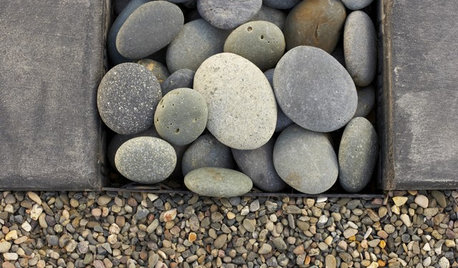
LANDSCAPE DESIGNThe Right Stone for Your Garden Design
Gravel, pebble, cobble and paddle: Stones vary in size and shape, and have different uses in the landscape
Full Story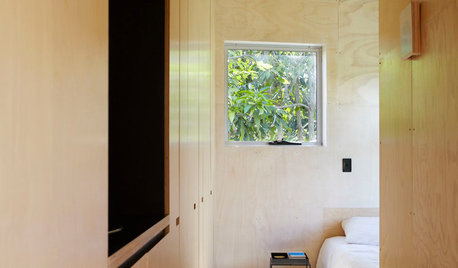
WOODDesign Workshop: Plywood as Finish
Trendproof your interior with this sensible guide to using this utilitarian material indoors
Full Story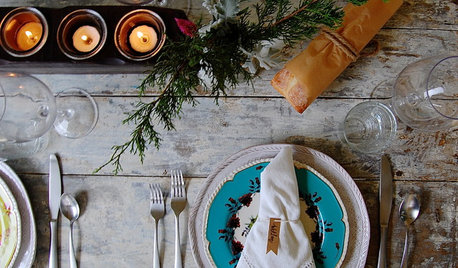
HOLIDAYSSpend Less Without Being a Grinch: 8 Holiday Ideas
Give meaningful gifts and use nature's decor to work holiday magic without blowing your budget
Full Story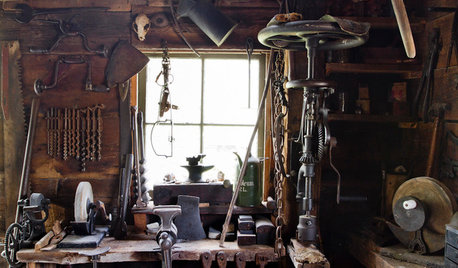
MATERIALSAre You a Maker? Show Us Your Favorite Tool or Material
Houzz Call: A tool or material can be a maker’s best friend. We’d like to see your favorite — and what it helps you achieve
Full Story
HOME TECHThe Inevitable Future of Drones Around Your Home
As Google joins the push for airborne deliveries, it seems only a matter of time before neighborhoods are buzzing with drones. Is that OK?
Full Story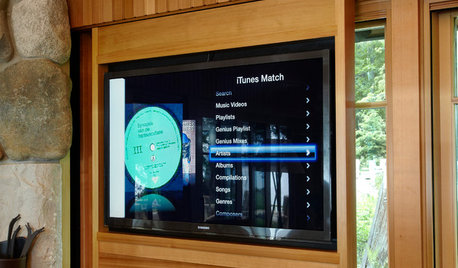
HOME TECHNew Strategies for Hiding the TV
Its easy to be discreet when you've got cabinets, panels and high-tech TV hiders like these
Full Story
HOUZZ TOURSHouzz Tour: A Radical Reconstruction Raises an Austin Home
With a new second floor and some room swapping downstairs, this 1935 Texas bungalow now fits an architect and his family beautifully
Full StoryMore Discussions






grizzman
apt403
Related Professionals
Reading Landscape Architects & Landscape Designers · Maple Valley Landscape Architects & Landscape Designers · Lakeland Landscape Contractors · El Sobrante Landscape Contractors · Euclid Landscape Contractors · Golden Landscape Contractors · Lynchburg Landscape Contractors · Middle River Landscape Contractors · Northbridge Landscape Contractors · Northport Landscape Contractors · Paramus Landscape Contractors · Pomona Landscape Contractors · Saint John Landscape Contractors · Salmon Creek Landscape Contractors · West Haverstraw Landscape ContractorshomehydroOriginal Author
homehydroOriginal Author
TheMasterGardener1
ratherbboating
homehydroOriginal Author
homehydroOriginal Author
ratherbboating
grizzman
ratherbboating
homehydroOriginal Author
georgeiii
homehydroOriginal Author
grizzman
homehydroOriginal Author
grizzman
georgeiii
TheMasterGardener1
homehydroOriginal Author
TheMasterGardener1
TheMasterGardener1
homehydroOriginal Author
grizzman
TheMasterGardener1
homehydroOriginal Author
homehydroOriginal Author
TheMasterGardener1
georgeiii
TheMasterGardener1
homehydroOriginal Author
eatyourgreens
scott g